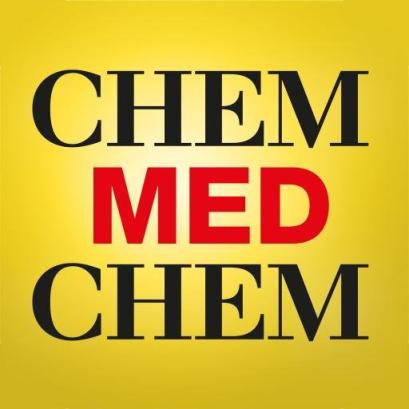
Dermorphin analogues, containing a (S)‐ and (R)‐4‐amino‐1,2,4,5‐tetrahydro‐2‐benzazepin‐3‐one scaffold (Aba) and the α‐methylated analogues as conformationally constrained phenylalanines, were prepared. Asymmetric phase‐transfer catalysis was unable to provide the (S)‐α‐Me‐o‐cyanophenylalanine precursor for (S)‐α‐MeAba in acceptable enantiomeric purity. However, by using a Schöllkopf chiral auxiliary, this intermediate was obtained in 88 % ee. [(S)‐Aba 3‐Gly 4]dermorphin retained μ‐opioid affinity but displayed an increased δ‐affinity. The corresponding R epimer was considerably less potent. In contrast, the [(R)‐α‐MeAba 3‐Gly 4]dermorphin isomer was more potent than its S epimer. Tar‐MD simulations of both non‐methylated [Aba 3‐Gly 4]dermorphin analogues showed a degree of folding at the C‐terminal residues toward the N terminus of the peptide, without however, adopting a stabilized β‐turn conformation. The α‐methylated analogues, on the other hand, exhibited a type I/I′ β‐turn conformation over the α‐MeAba 3 and Gly 4 residues, which was stabilized by a hydrogen bond involving Tyr 5‐HN and D‐Ala 2‐CO.
